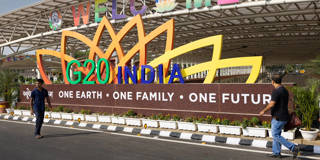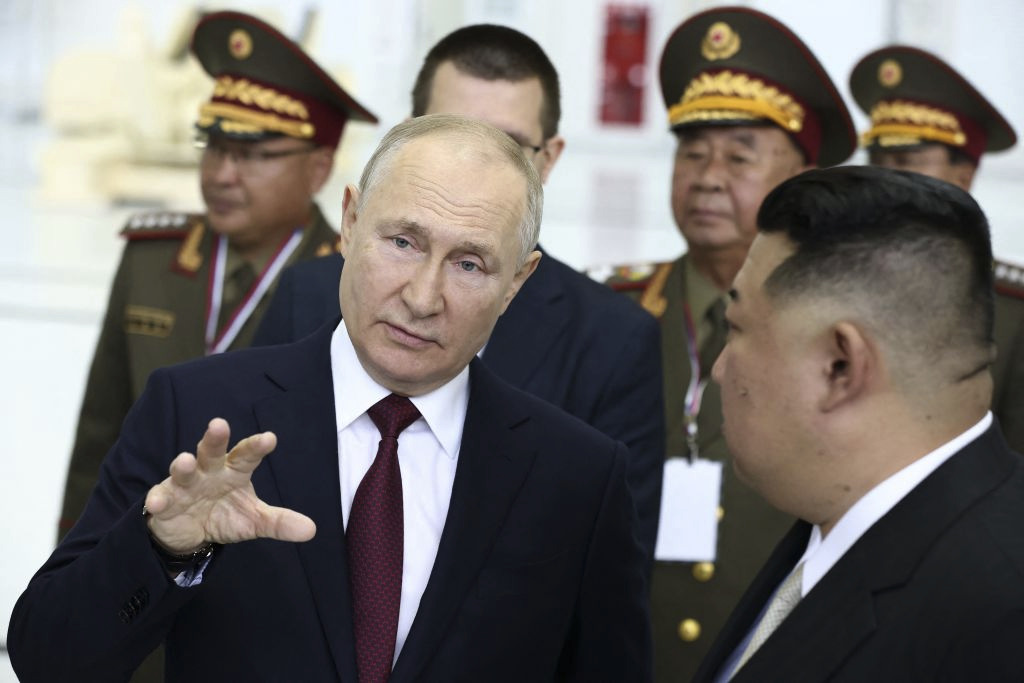Murtaza Hussain

AFTER THE BRAZEN killing of a high-profile Canadian Sikh activist in June, FBI agents visited several Sikh activists in California this summer with an alarming message: Their lives were also at risk.
The warnings have taken on a new urgency after Canada’s bombshell revelation on Monday that it has credible intelligence pointing to Indian government involvement in the assassination of Hardeep Singh Nijjar, a Canadian citizen and advocate for an independent Sikh state, who was shot dead outside a Sikh temple in British Columbia.
Pritpal Singh, a political activist and U.S. citizen who is a coordinator for the American Sikh Caucus Committee, told The Intercept that he and two other Sikh Americans involved in political organizing in California received calls and visits from the FBI after Nijjar was killed.
“I was visited by two FBI special agents in late June who told me that they had received information that there was a threat against my life,” said Singh. “They did not tell us specifically where the threat was coming from, but they said that I should be careful.”
The two other Sikh activists, who asked to remain anonymous for security reasons, told The Intercept that they were also visited by the FBI around the same time as Singh. The FBI did not respond to a request for comment.
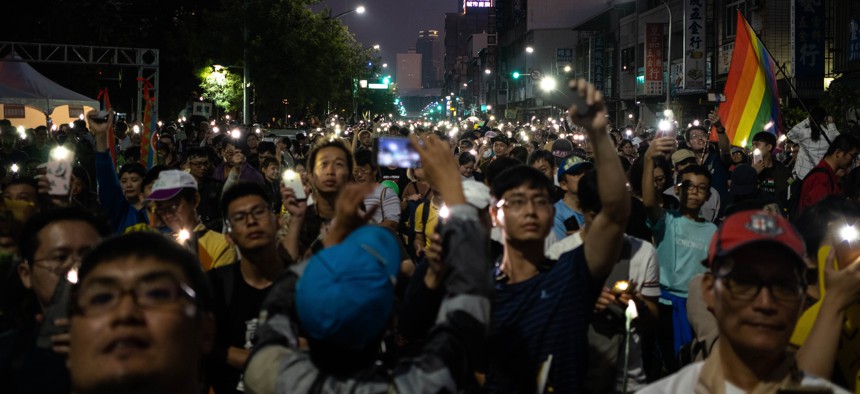
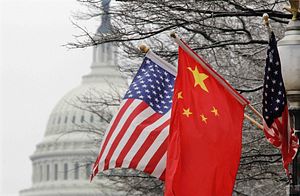


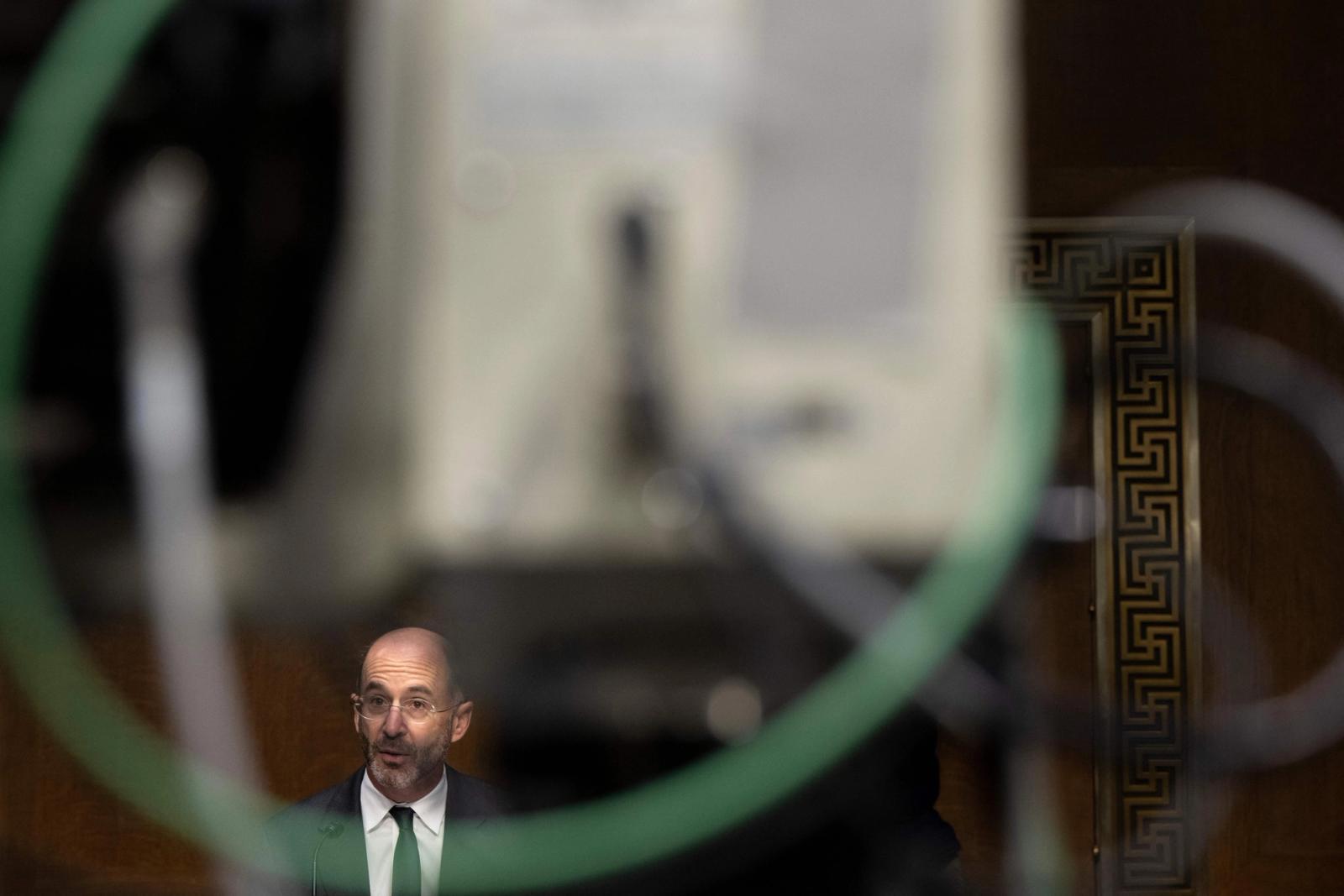

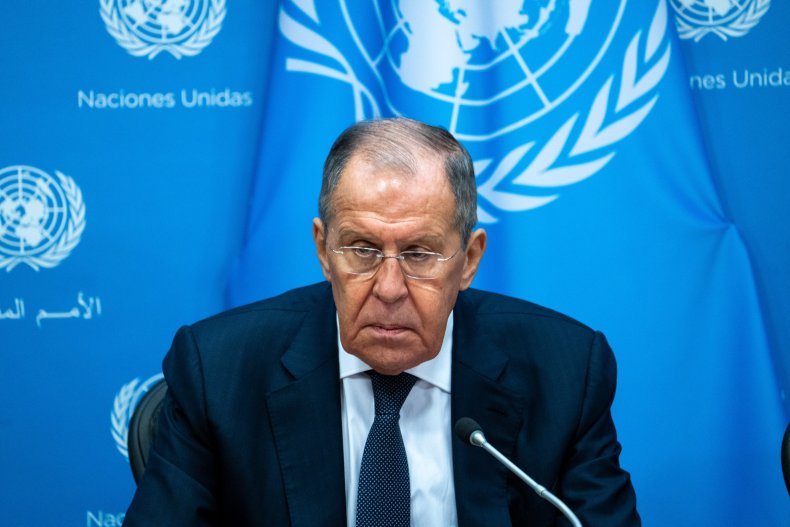

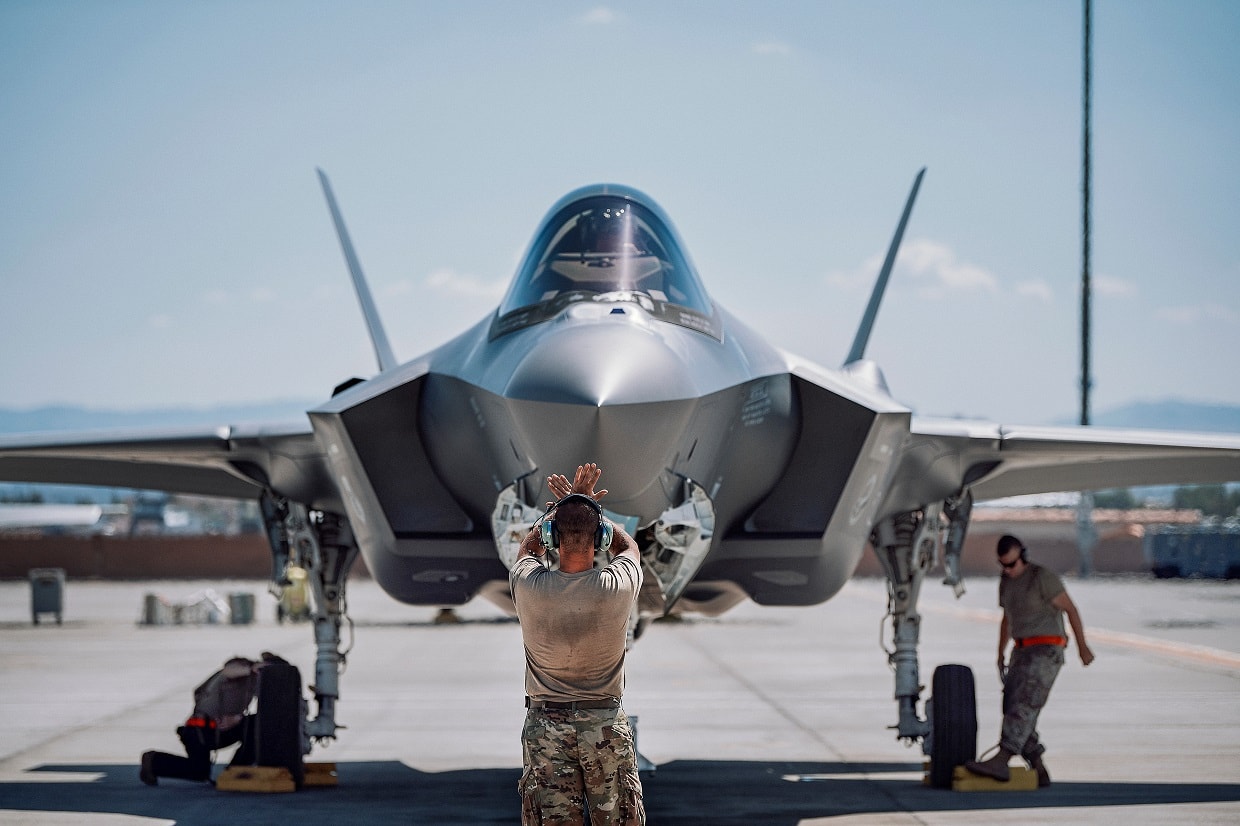
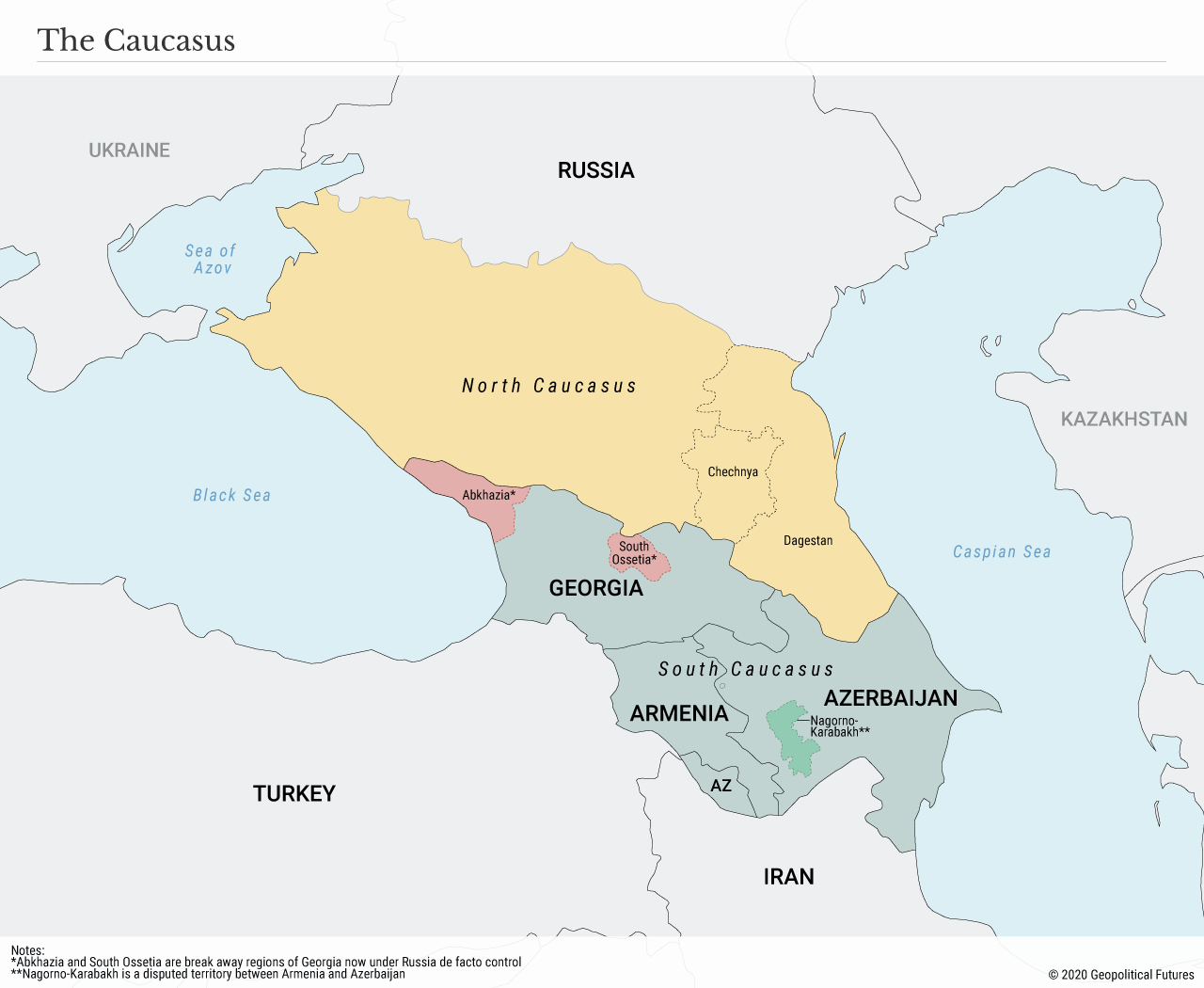
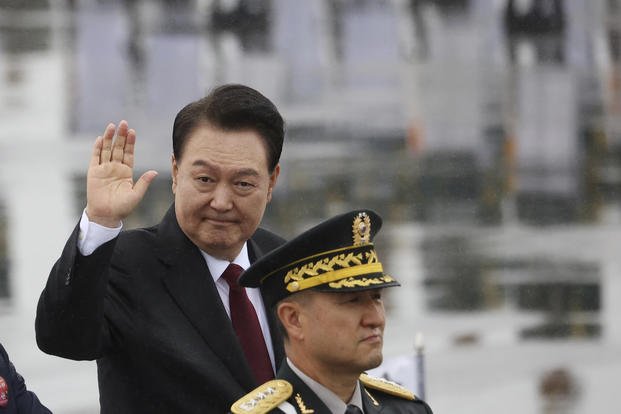 \
\





